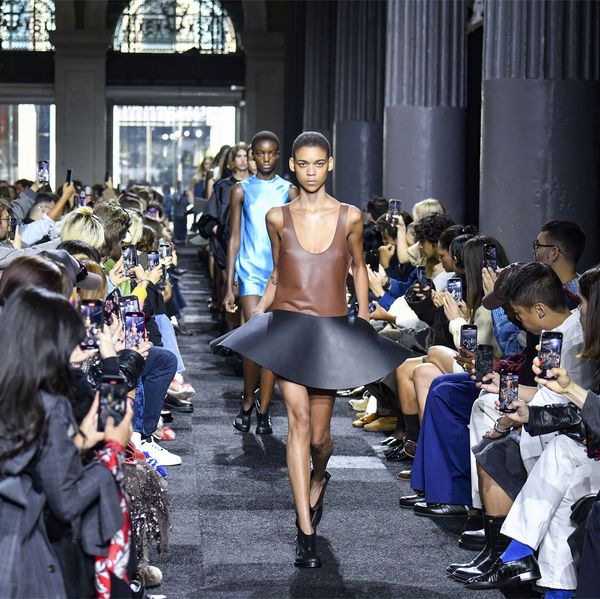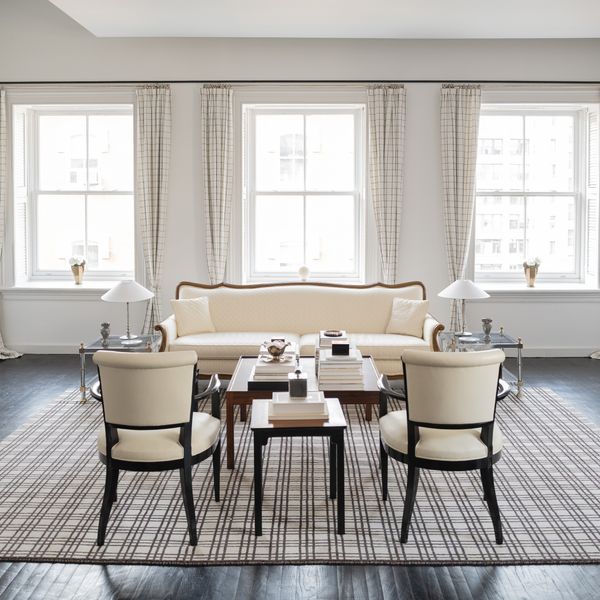How Designer Dion Lee Preps For His NYFW Show
Everything from the music to the afterparty.
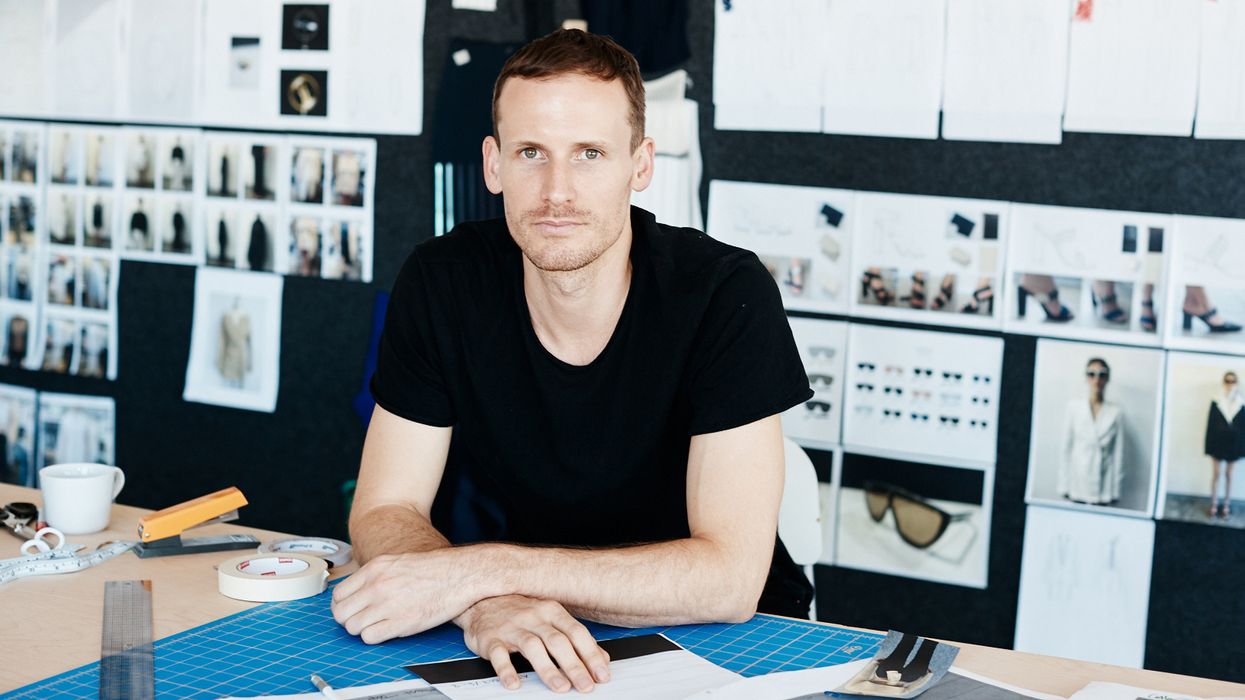
Meeting Australian designer Dion Lee is like sitting down with your cooler cousin’s even cooler friend. He’s patient, sweet, and fantastically talented—which makes him just a teensy bit intimidating. Each season, his show is one of the highlights of fashion week, and we couldn’t have been more thrilled to sit down with him two weeks before his spring/summer ‘17 collection walked to hear how the whole shebang comes together.
If you didn’t know, there’s a lot more to putting on a fashion show than a designer sketching twenty or thirty outfits. There’s a producer involved, and a stylist, a hair and makeup team, and also someone in charge of music. Add to that the public relations team sending out dozens of invites, then coordinating the seating chart (which sounds about a billion times more complicated than planning a wedding), and all of it is for about fifteen minutes of actual show. But to hear Dion tell it, those fifteen minutes are absolutely crucial. “Having the opportunity to create an experience with the clothes happens through a show,” he says. “There’s something intangible about being there that doesn’t ever really get translated into video or images...it’s really special, it’s hard to describe.”
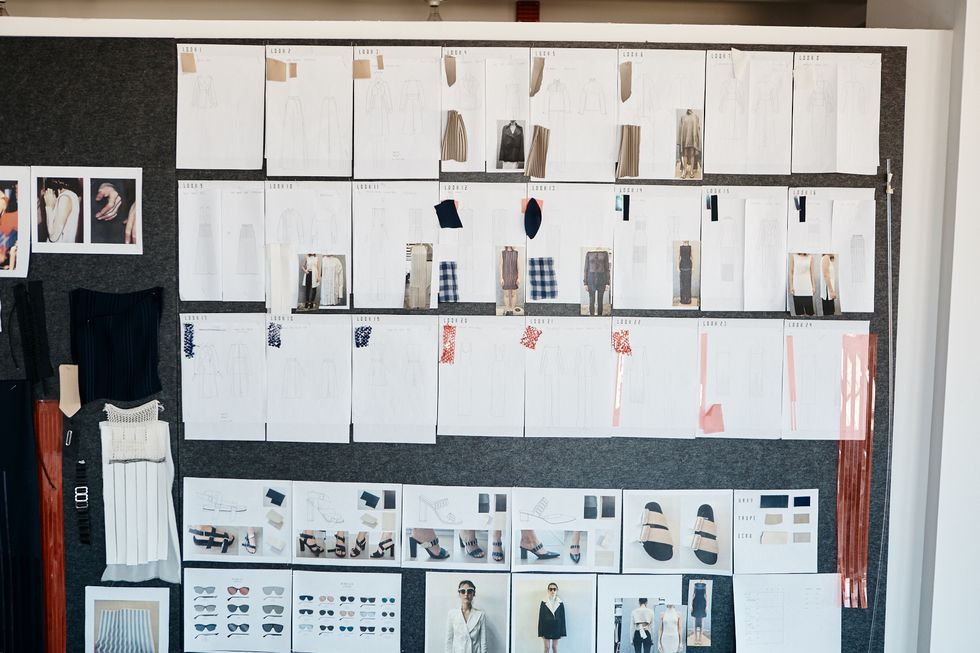
About the line:
“I started about seven years ago now in Australia. I started the line out of college; I just graduated and then started showing at Australian Fashion Week. Shortly after that I started showing internationally, in London, and then started showing in New York. I think this is our fifth show in New York.
“I’m always really terrible at describing [the line]. I think there’s something really technical about the aesthetic, there’s always something really sharp or tailored. I think what I’m interested in is the process of making clothes, and the technical aspect of it—that might be how you make a pattern or a fabric development. There’s often an athletic undertone that runs through the collection; whether that be through fabrication or cut. There’s a relaxed sophistication, and athleticism that I’m attracted to in the collections.”
“There was a lightness that I was attracted to. There was this idea of kinetics, this idea of things that felt like they had a sense of air and lightness and movement.”
The initial prep for fashion week:
“Generally prep starts about two to three months [before the show], but everything really happens in such a short amount of time. It happens in the last month in the end.
“[The idea for the show] starts with a feeling more than anything, like, ‘I kind of want it to feel like this.’ Then you pull some images or some designs from the previous collection that you’re still attracted to or some designs that didn’t work in the previous collection that you still want to explore. It’s pretty organic for me—it becomes almost like a snowball process, adding things and making a story out of it.”
The feeling for S/S ‘17:
“There was a lightness that I was attracted to. There was this idea of kinetics, this idea of things that felt like they had a sense of air and lightness and movement. A lot of the fabric techniques were based around things that felt like they were reflective of light, or had a sense of movement. A lot of the techniques are pleated or constructed in a way that move when you walk.”
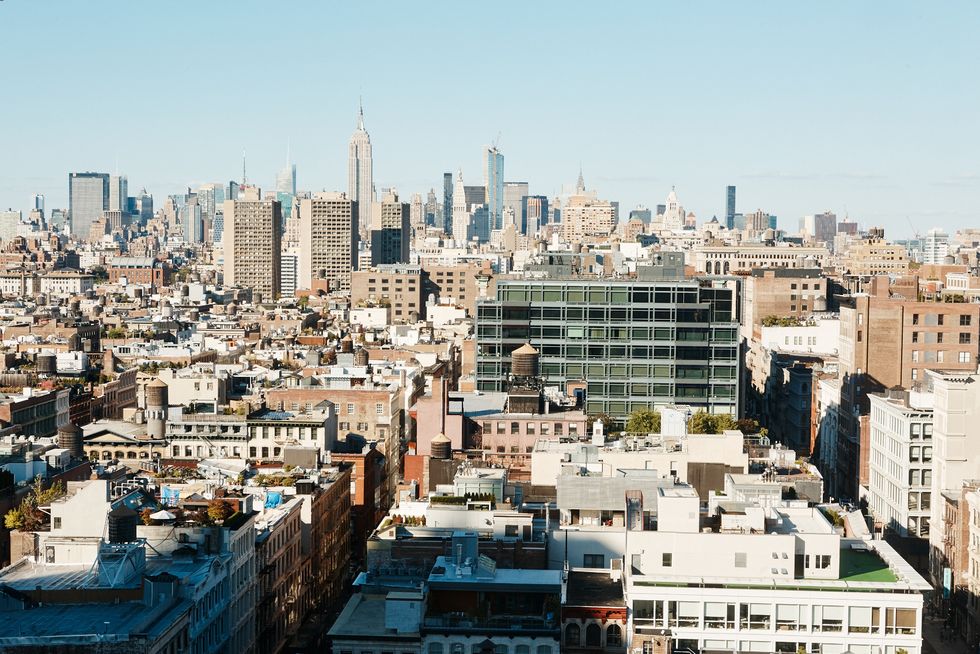
The importance of music:
“It’s different for each collection. For this collection, I’ve been listening to a few specific things—and when you design, you’re listening to certain bits of music and you start to build almost a visual of ‘oh the runway’s going to look like this and the sound will be this.’ It’s a mental image. The way I work is very much about building the collection out in my head in terms of looks, and running order—it’s this process of visualization and music really helps with that.”
And how hair and makeup comes into play:
“With hair and makeup you start with an attitude, like how the girls should feel. I suppose you want to bring a sense of reality with the hair and makeup, make the clothes feel like the label—that’s always important. That comes to life the closer you are to presenting the collection. Things like that rely on casting and seeing the girls and reacting to them as well.”
What he looks for in a model:
“I think you look beyond the fit, but the fit, especially for our clothes, is very important. But I think it’s the attitude that each girl brings to the clothes [that’s important]. You’re looking for someone to bring the clothes to life, and see them in the most elevated light. It’s always a fun thing to play with because different girls bring different attitudes to things. Often if something feels a little bit too sophisticated, you need to bring it down a notch and make it feel a bit more relatable through casting or styling of the show.”
The stylist’s role in the show:
“Styling is really important. The best way to describe it is the process of editing the collection. The collection is often so much bigger than what people see on the runway, and I think you need the stylist to edit the best bits out of the collection and turn it into a story. Trying to find the common threads that are the strongest, and punctuate them and turn them into threads that run through the entire collection. Instead of having one individual piece, they start to become themes that you see again and again, potentially in different ways. It’s a very collaborative thing how you work with a stylist. You need to be comfortable with letting go and allowing them to put it into their words, in a sense. After you work on a collection for two months, by that stage you really want someone else’s eyes to come in and just be like, ‘this isn’t working.’ Sometimes being a bit brutal is what a designer needs because, as the designer, you know how much work went into it and often you’re not the right person to ask.”
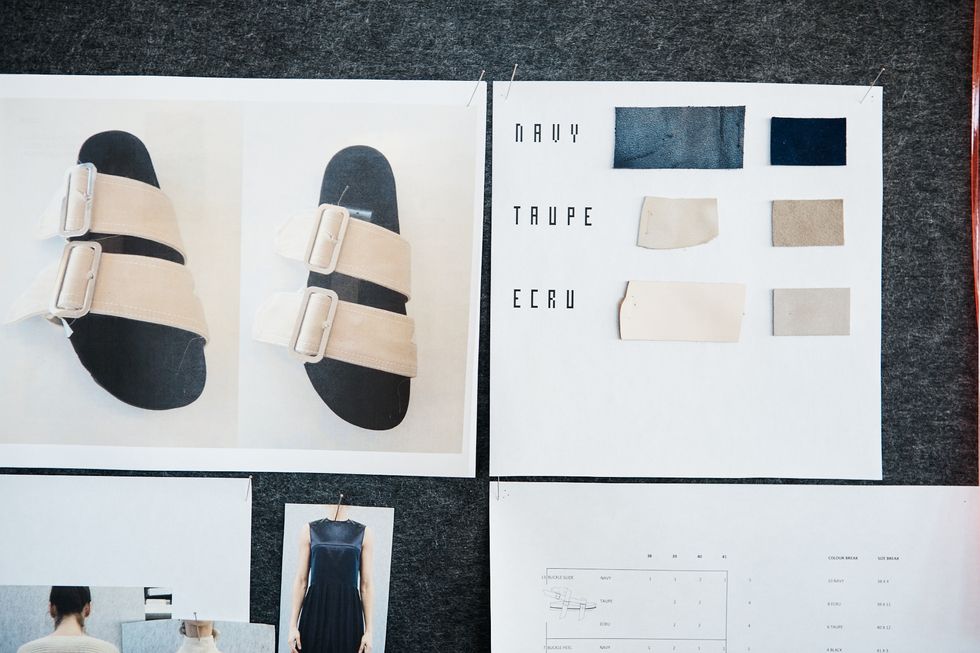
“It’s the one opportunity for a designer to put everything into their own voice and say things the way they want to say it.”
What the days leading up to the show look like for him:
“It’s normally running so quickly that you’re on autopilot. You don’t really have the opportunity to get nervous. By that stage there’s so much to do that it’s really about getting through the work load. The two days before is really about trying to lock down the casting—until the girls for the show are finalized, you can’t really fit the clothes. A big part of what we do just before the show is altering each piece to make sure it fits all the girls in the lineup. That’s a really big job. Once the show is over, it depends how exhausted I am—sometimes it’s drinks with the team and friends, doing something really chill but still quite fun.”
The importance of having a show at fashion week:
“I think it still is really important. It’s the one opportunity for a designer to put everything into their own voice and say things the way they want to say it. As soon as the clothes go out there into the world, they’re in boutiques or they’re in department stores and they’re not really communicated in the way that you designed them. I feel really lucky because we have a bunch of our own stores in Australia, which is amazing because it really allows you to create an environment for the clothes and be quite controlling of how everything is communicated. Besides that, having the opportunity to create an experience with the clothes happens through a show. There’s something intangible about being there that doesn’t ever really get translated into video or images. I suppose it’s like a performance in that way. It’s really special, it’s hard to describe.”

